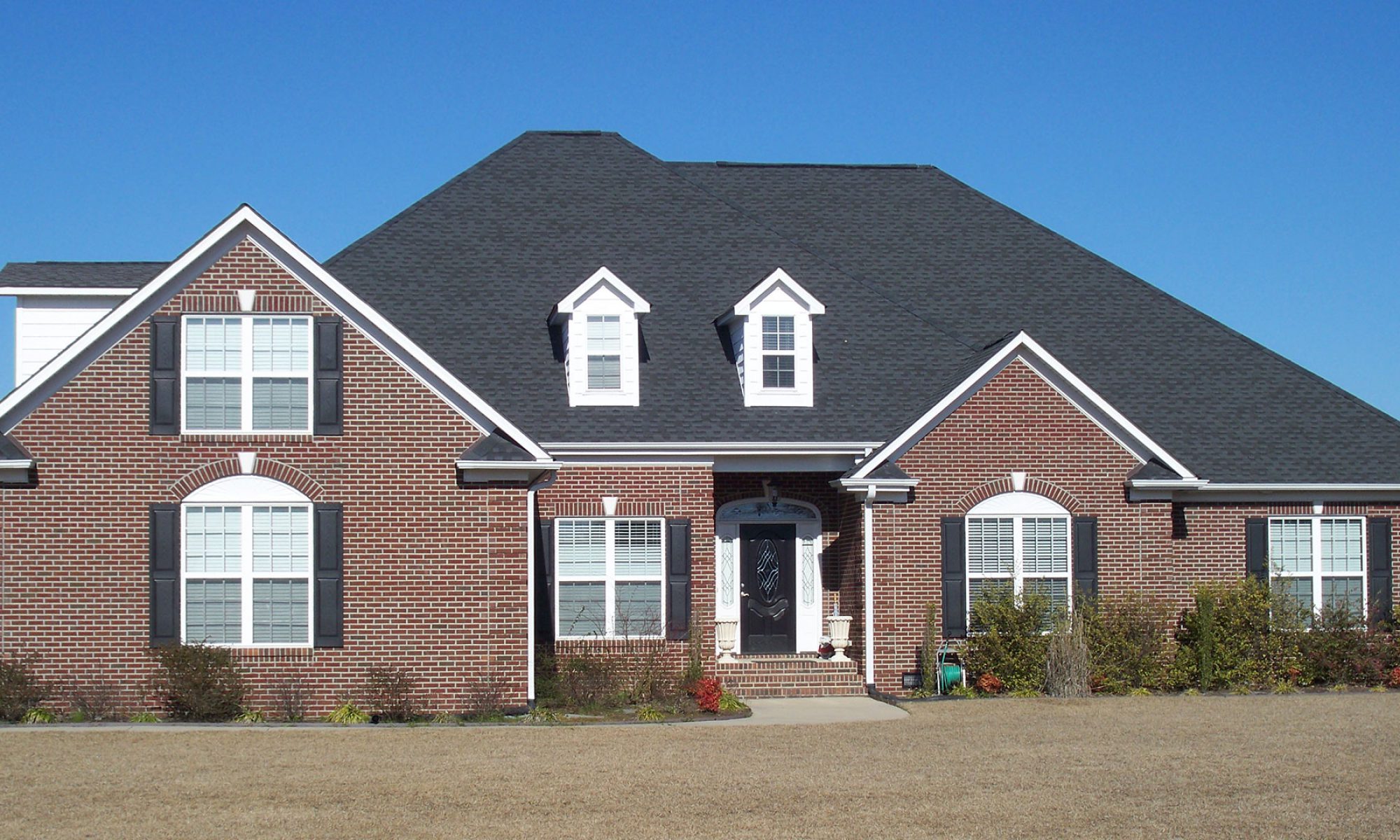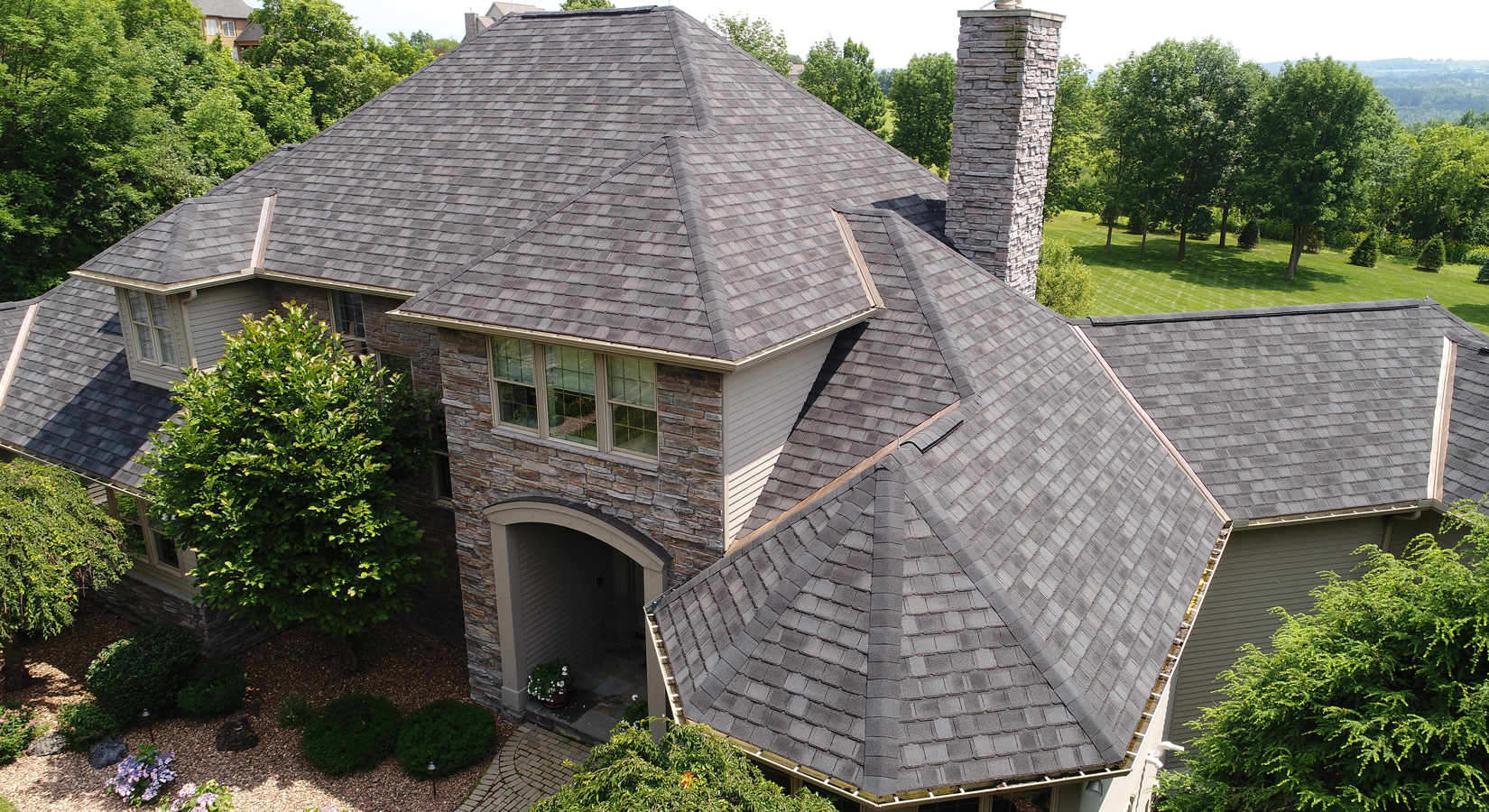Roofing on your building
Commercial and residential roofs do equally important work: They protect the people and objects in the buildings beneath them. Although they share some basic similarities, major differences exist as well. But still for a lot of people it may seem like a roof is a roof. Of course, that statement is not entirely wrong but it is not entirely right as well. Damage to either type of roof can be expensive and result in the loss of the value of property due to natural disasters. Both also require the use of quality materials and proper installation which could be completed only by professionals like Eco Roofing Contractors Chicago.
Differences between a commercial and residential roofing
There are 4 key differences between this kinds of roofing. Let me show you what they are:
- Type of roofing materials
Roofing materials for residential and commercial roofs tend to vary depending on the type of the roof, weather conditions and cost. Typically a commercial roof has a flat slope and residential roofs tend to be steeper. It takes a qualified and professional roofing company to meet the demands for both and offer sound advice about the materials that work best for each kind of roof. - Design
While many residential roofs are sloped, commercial buildings may be low sloped or flat. Flattop roofs have their own issues with water damage and repair and need a roofer who is familiar with these unique issues. - Installation
To construct a low-slope commercial roof, the roofing contractors needs to be familiar with the materials used and also possess the relevant skillset. Contractors experienced primarily in residential roofing installations focus on the aesthetic value of the roof and may overlook certain key points when hired to install or maintain a commercial roof. - Maintance requirements
Commercial low-slope and flat roofs often develop issues that are significantly different from residential roofs, such as ponding water, membrane punctures, clogged drains, seam separations, flashing deterioration around penetrations, shrinkage, and cracking. As a result, low-slope or flat commercial roofs require more frequent inspections and maintenance to avoid the occurrence of such issues, unlike residential roofing.

